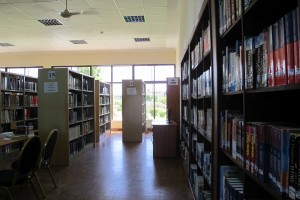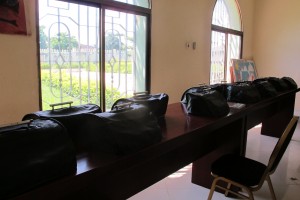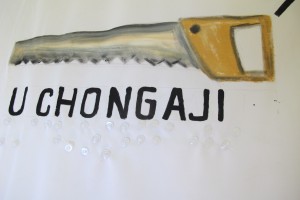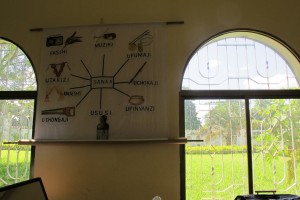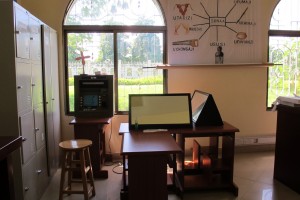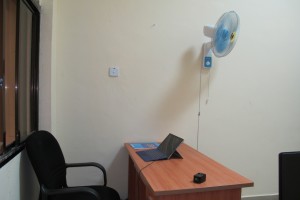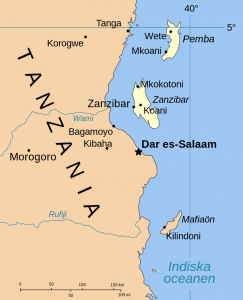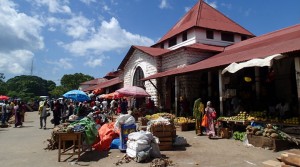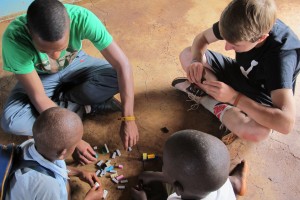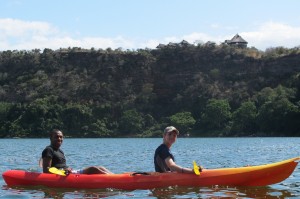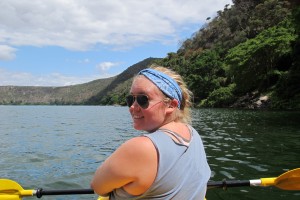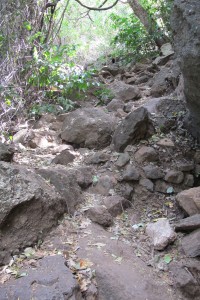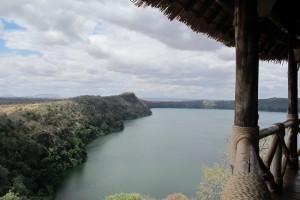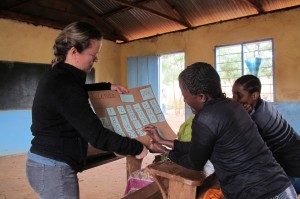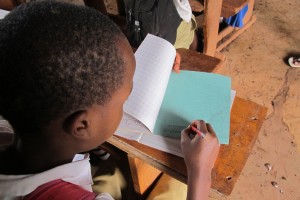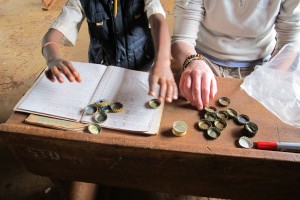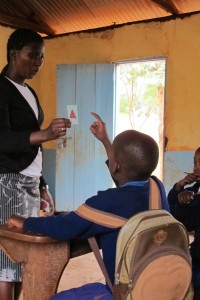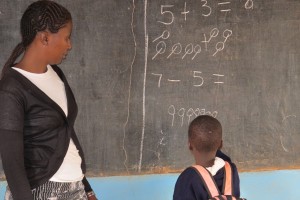I have done so many things in the last few days and the fun and consultation continues. I will write an entry about my fun weekend in a few days, but today I want to talk about the wonderful students in met at the State University of Zanzibar (SUZA). On Thursday, I had the privilege of listening to several students in the first year of their three year tourism program give presentations about various project ideas they had to either increase tourism or support local people through tourism or both. I learned a lot about the island of Ungujaa (what they call the specific I island I am on) and Pemba (the other main island that makes up Zanzibar. There are some other small islands that have mostly animals and a few have tourist spots.
The students were practicing their English and working on the differences in writing a quality powerpoint versus an academic paper. In addition, they were working on speaking extemporaneously more and not reading the powerpoint. Understandingly, giving a presentation in your second language, you feel nervous, especially with a native speaker in the room.
I was incredibly impressed by the students and the knowledge they were able to present in English and the ability to talk about topics without reading. In addition, I was also extremely impressed by the classroom pedagogy and the ability of the students to give peer review and recognize their errors in spelling, organization of the powerpoint, and pronunciation. I would have been much less confident if I had to present on my field in Swahili to them. We talked qualitatively about ideas to strengthen their ideas and I was able to give some advice as a tourist who had done some of these things or experienced similar tourist attractions.
Finally, I feel triumphant because I successfully used the semi-automatic washer. The steps included 1) filling the washer water and a little soap, 2) running the wash cycle 3) rinsing the clothes (see below)
4) putting them in to spin, and
5) making sure the water drains properly while spinning (and after the wash cycle).
Then, I hung them on the roof clothesline to dry in the sun and got to see this beautiful view.








